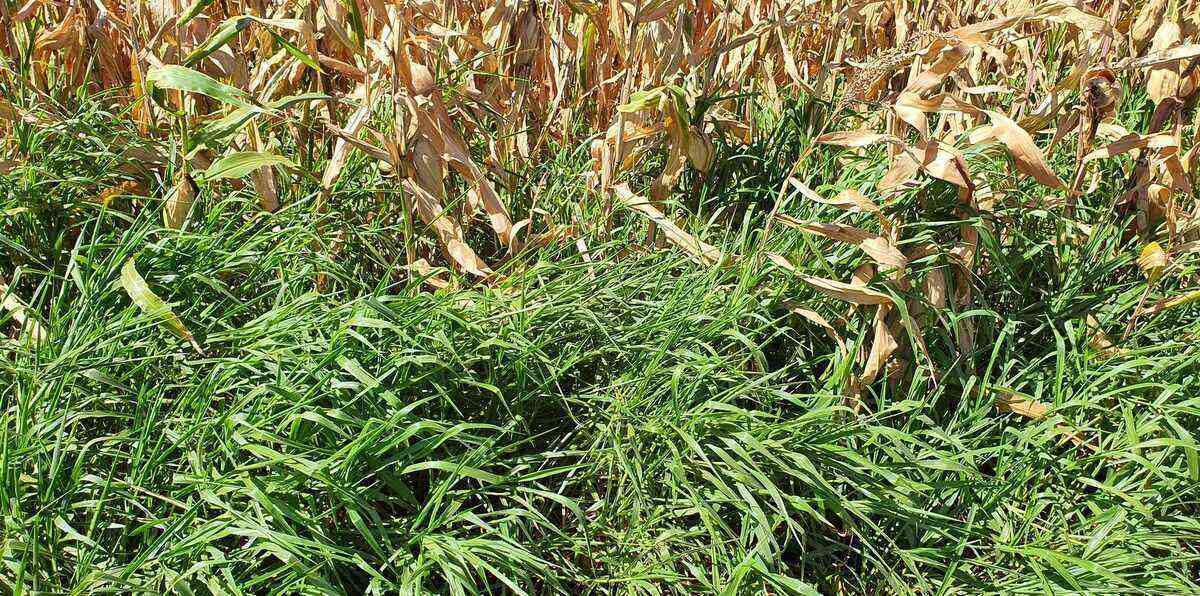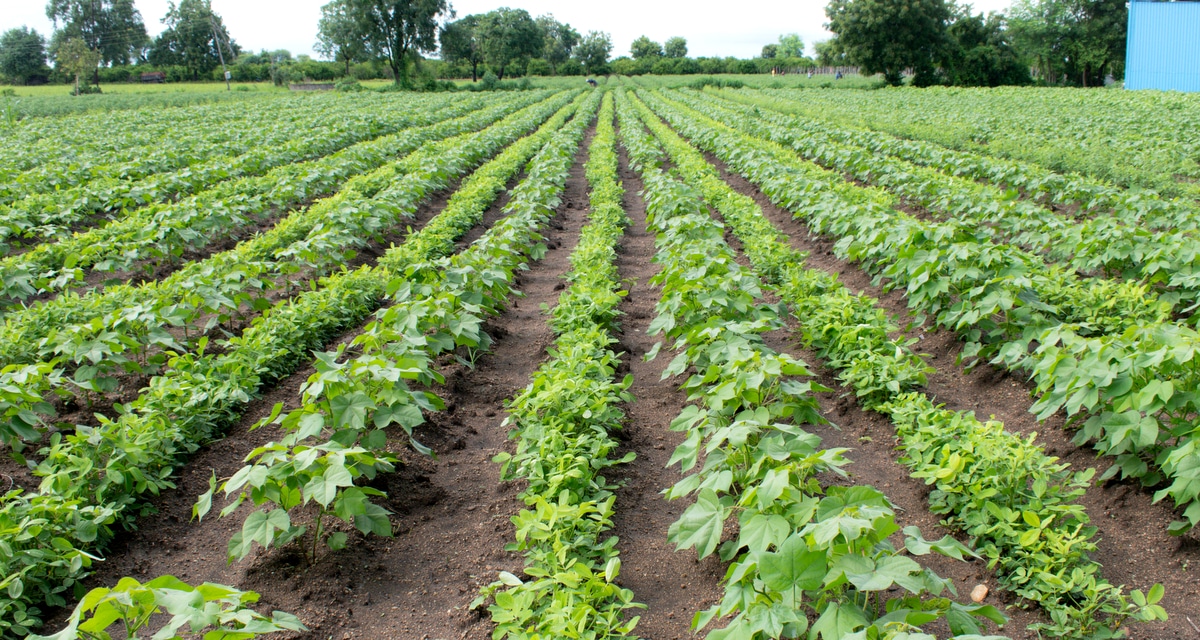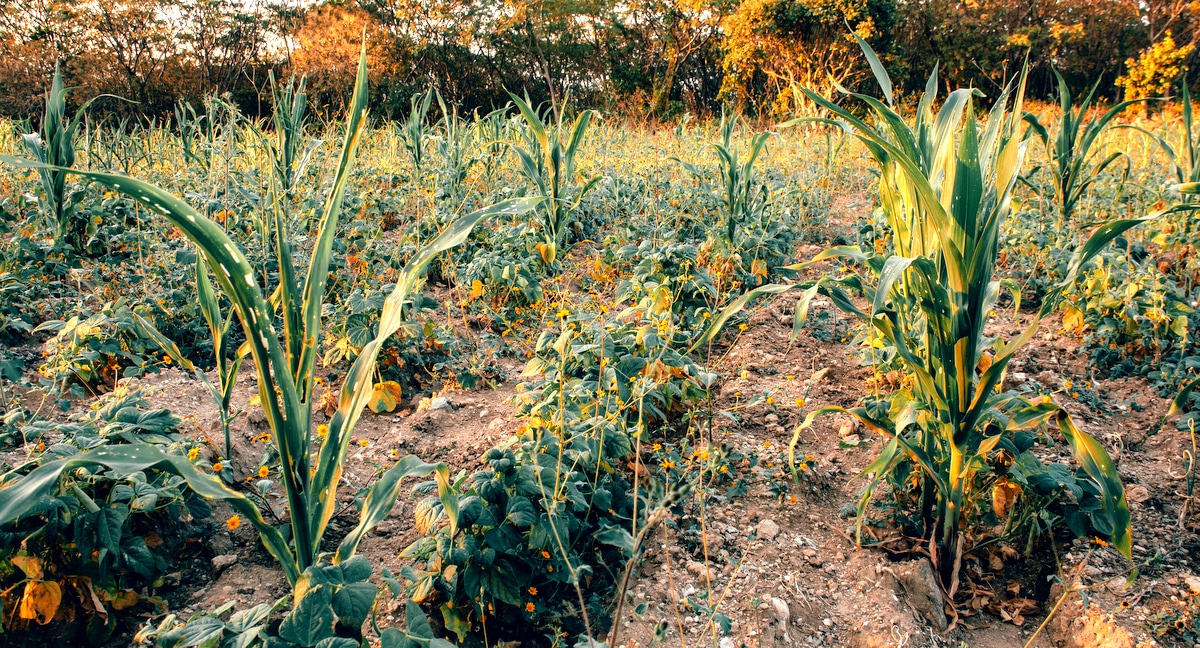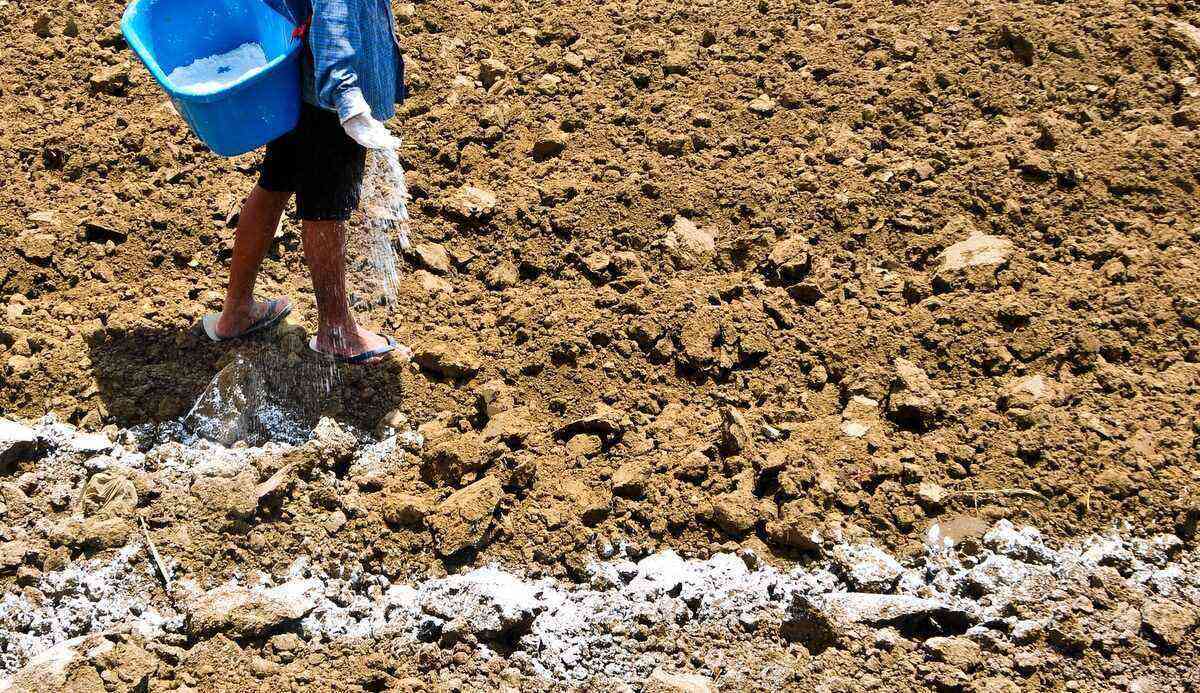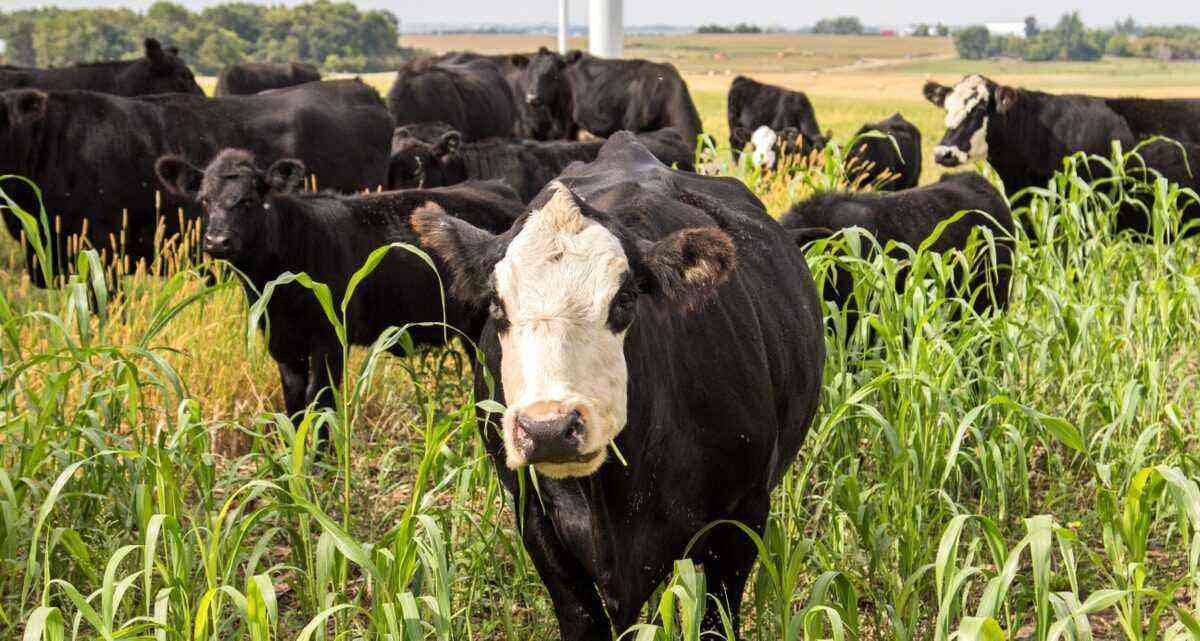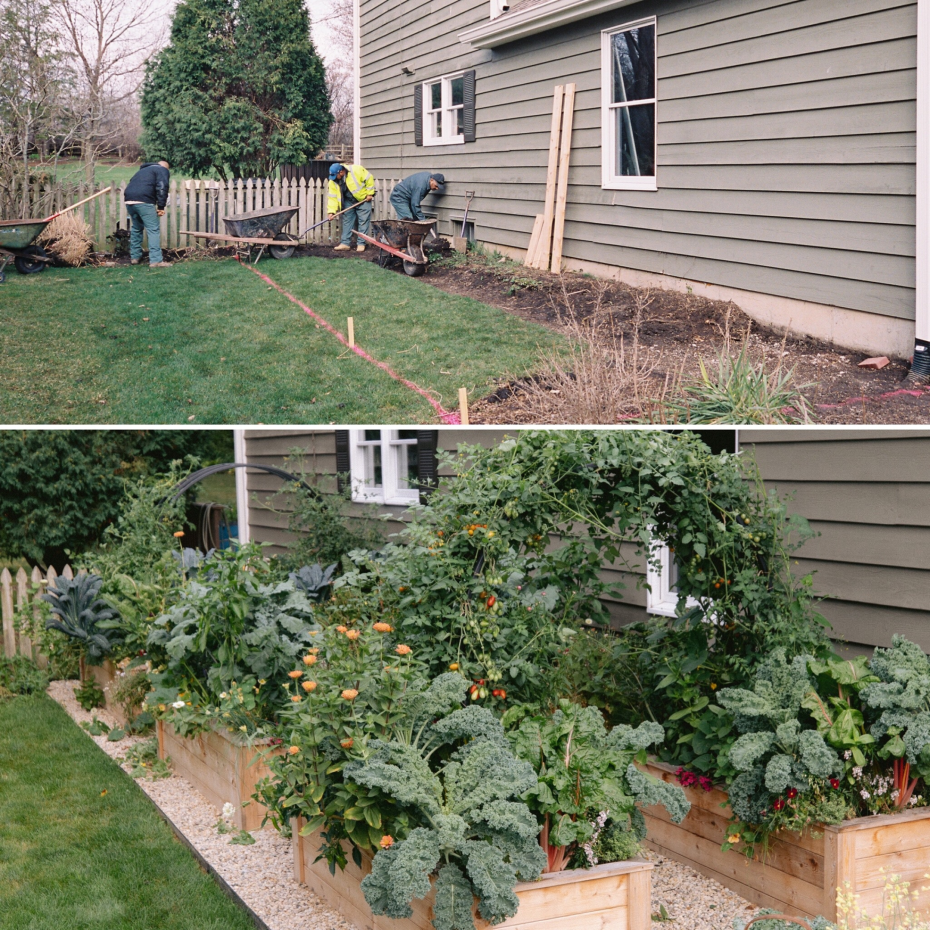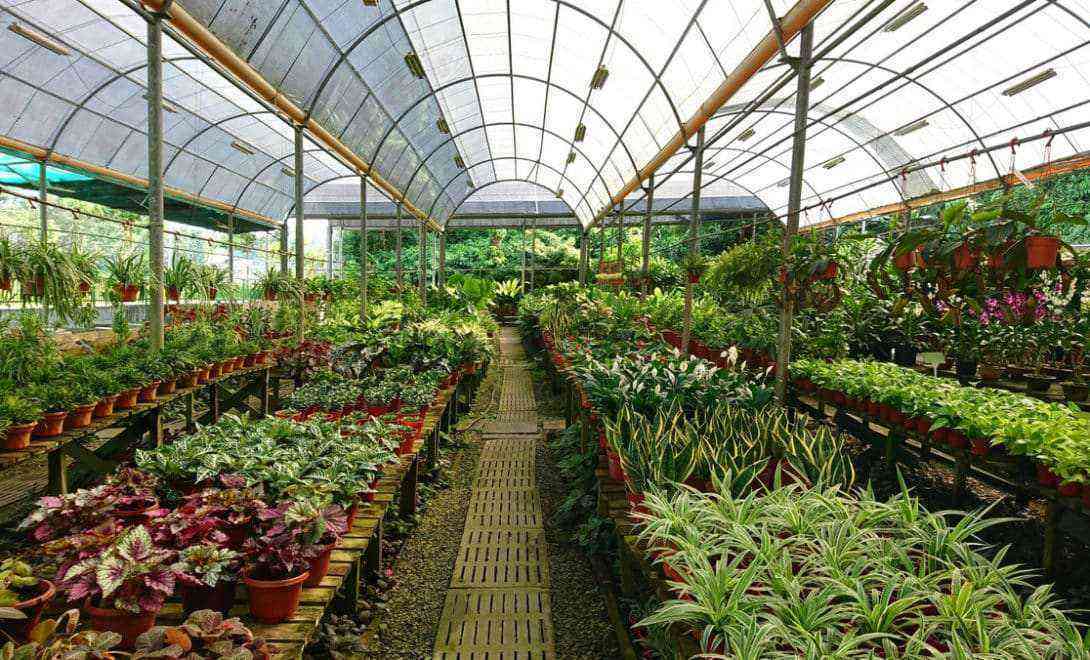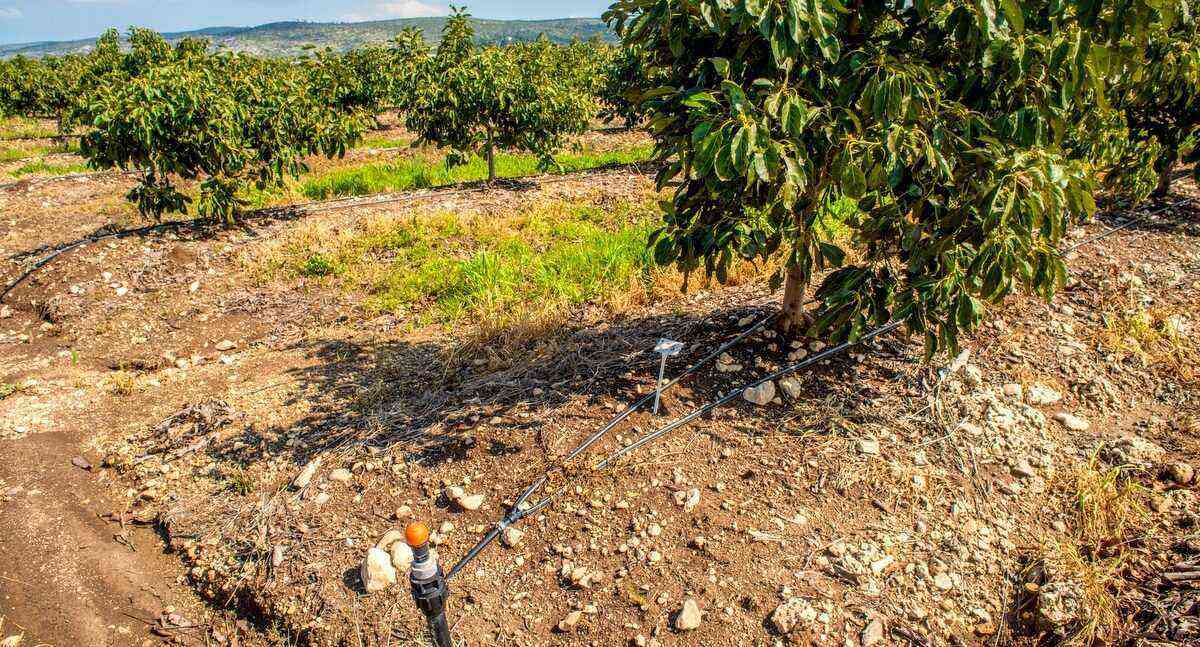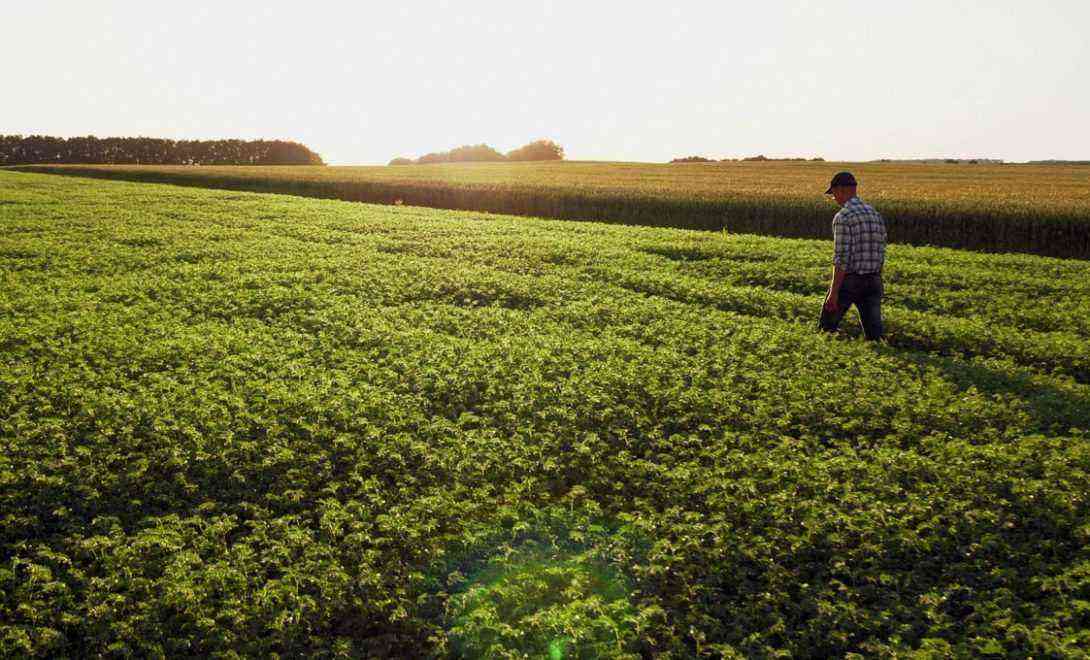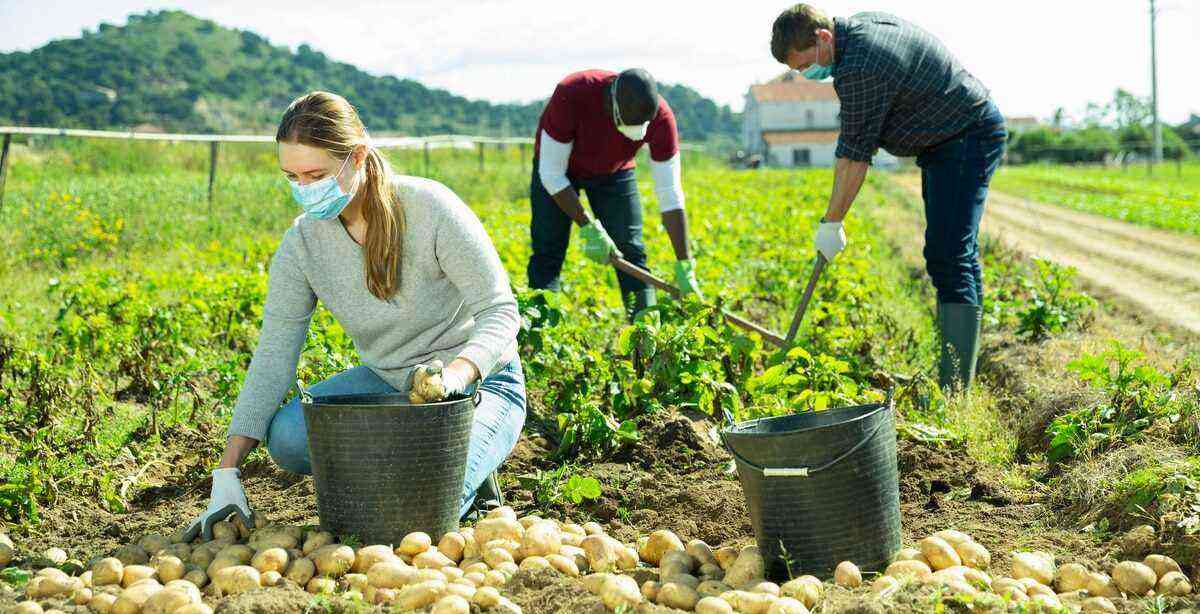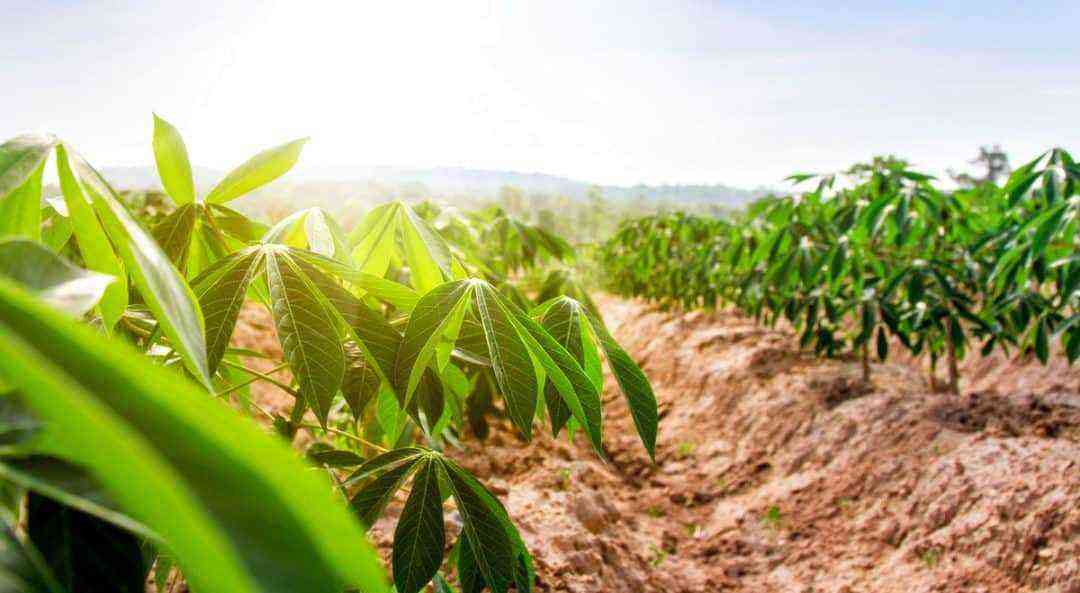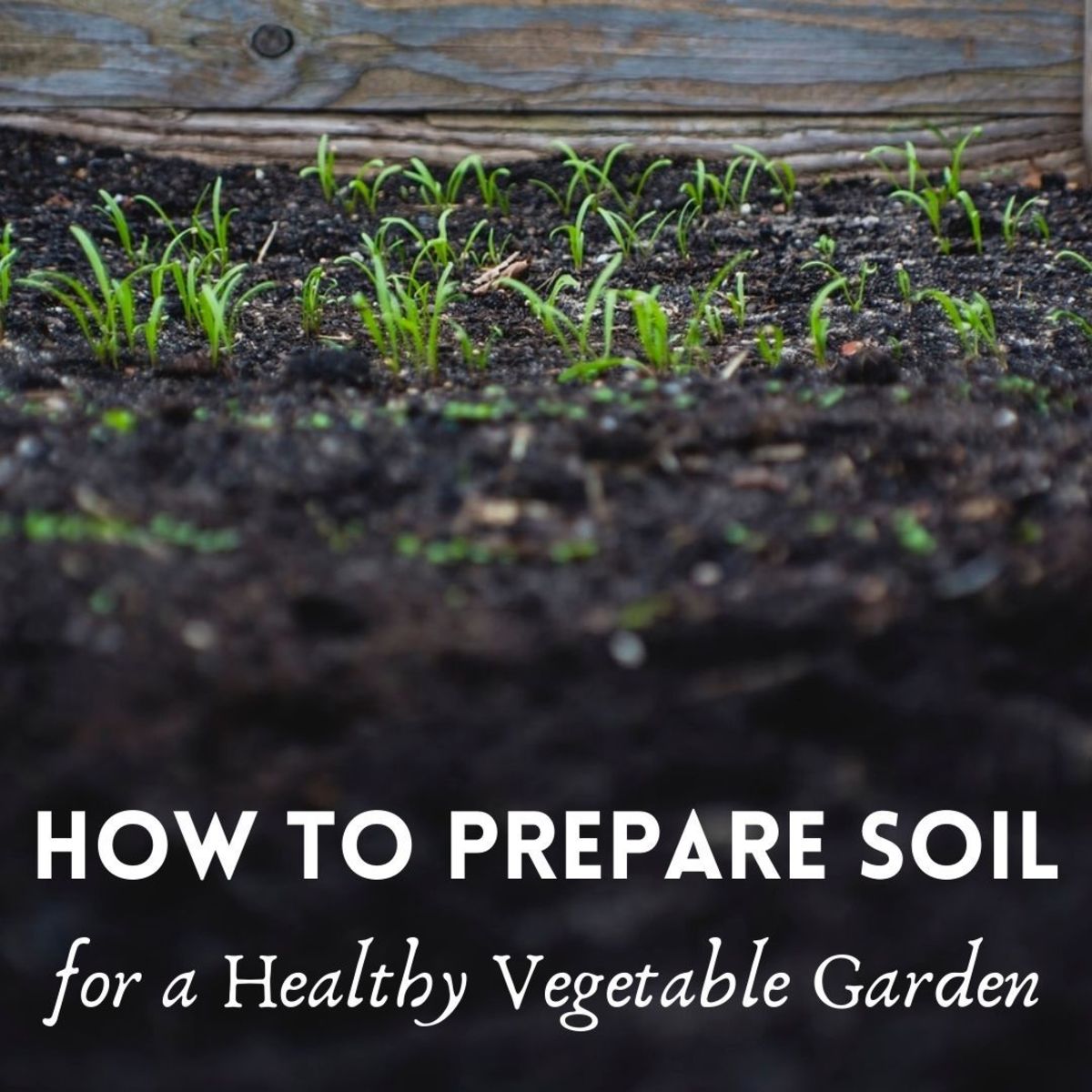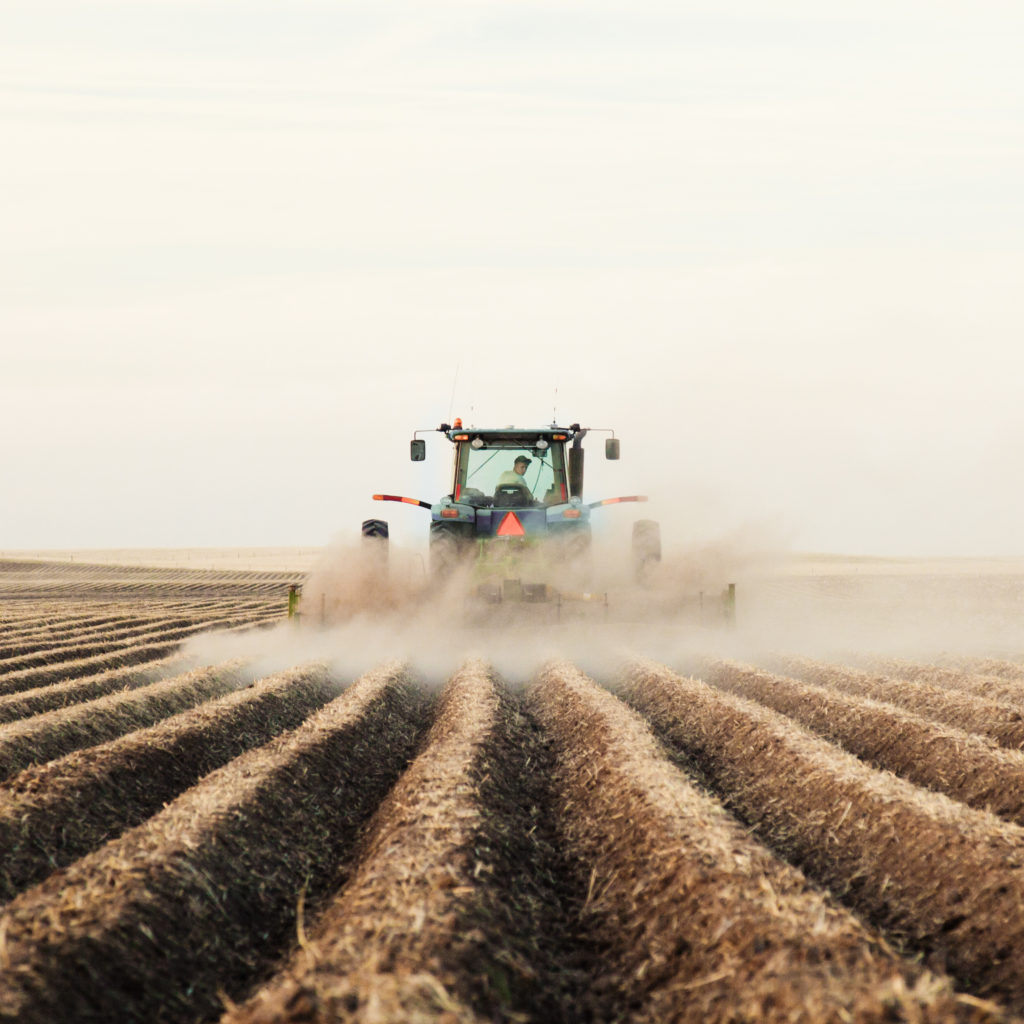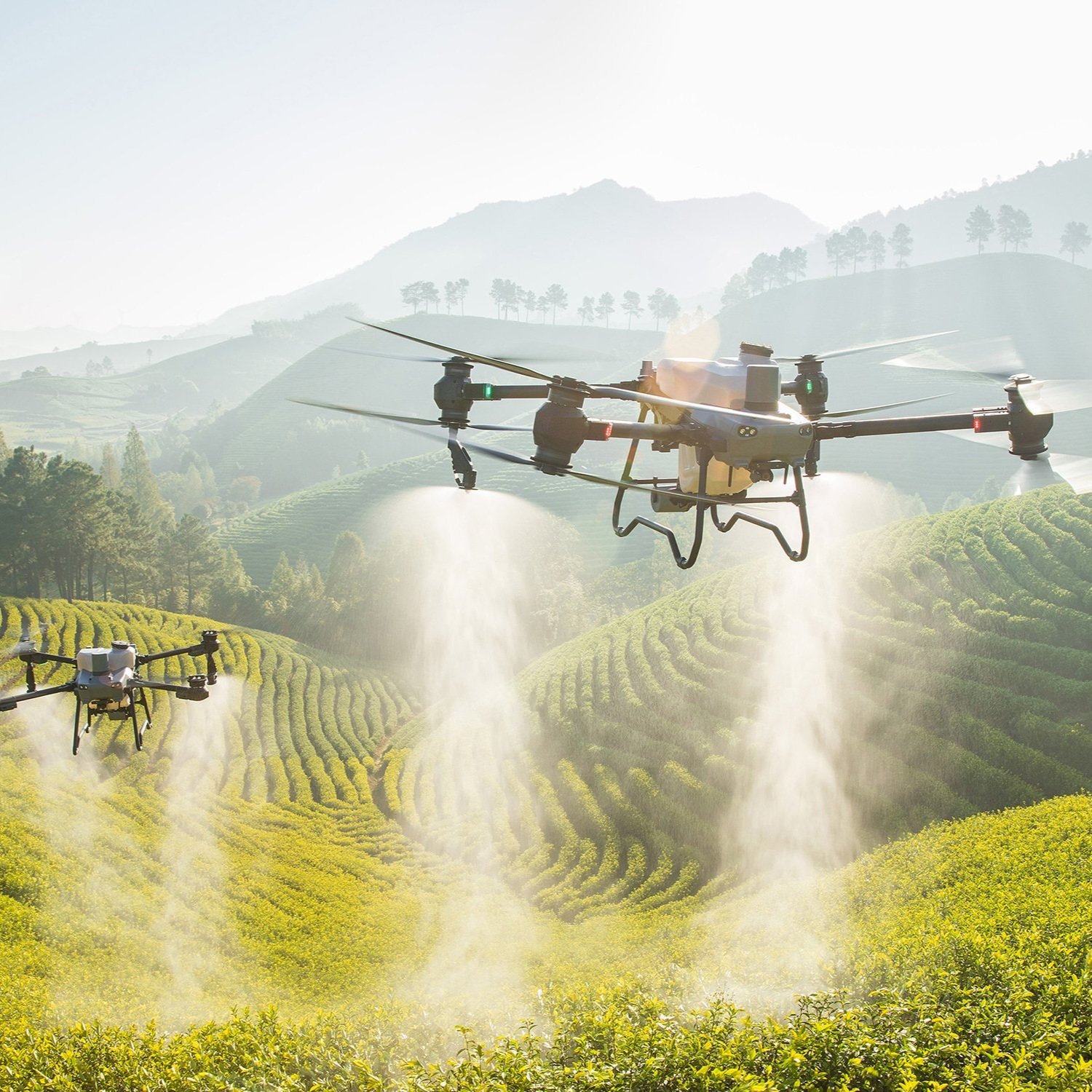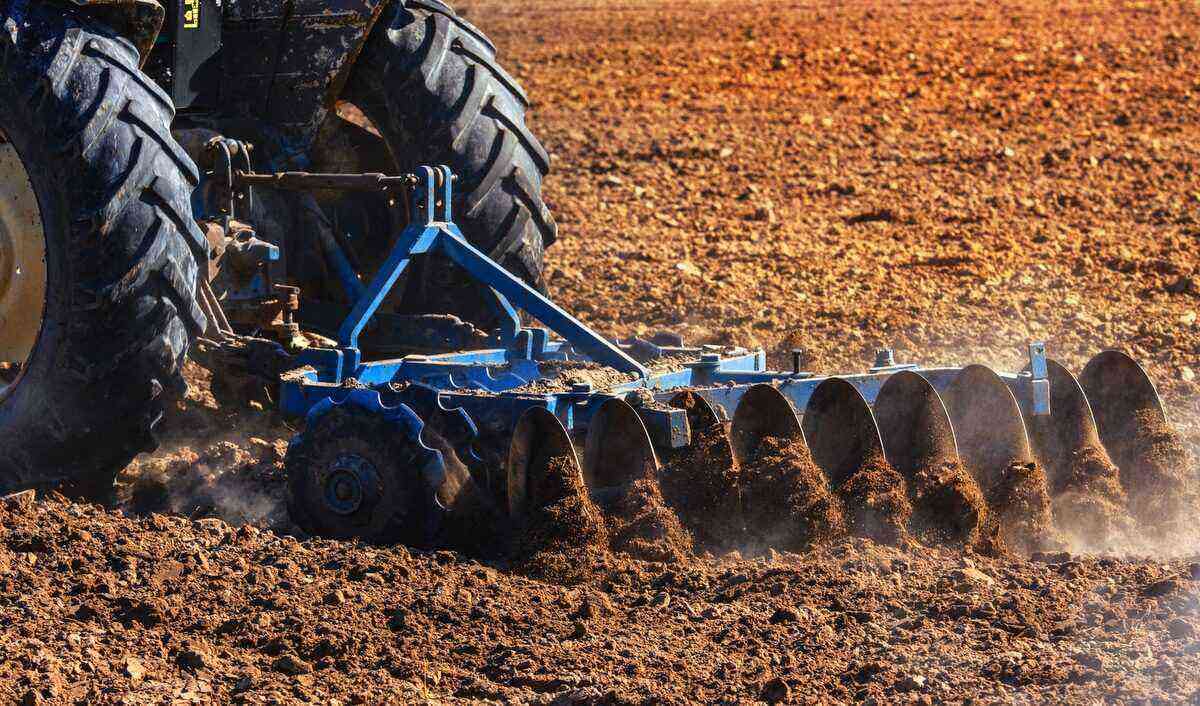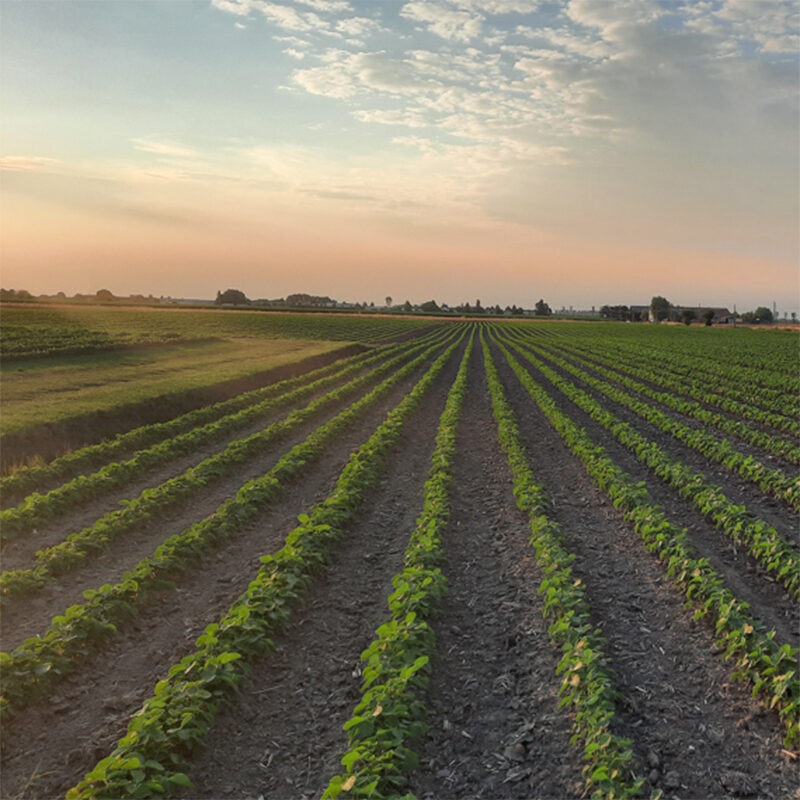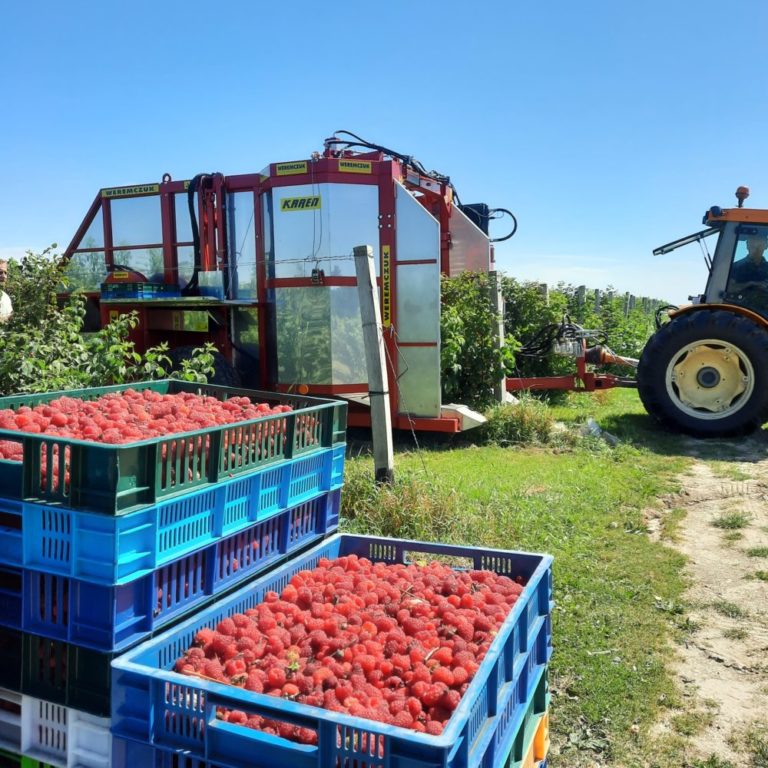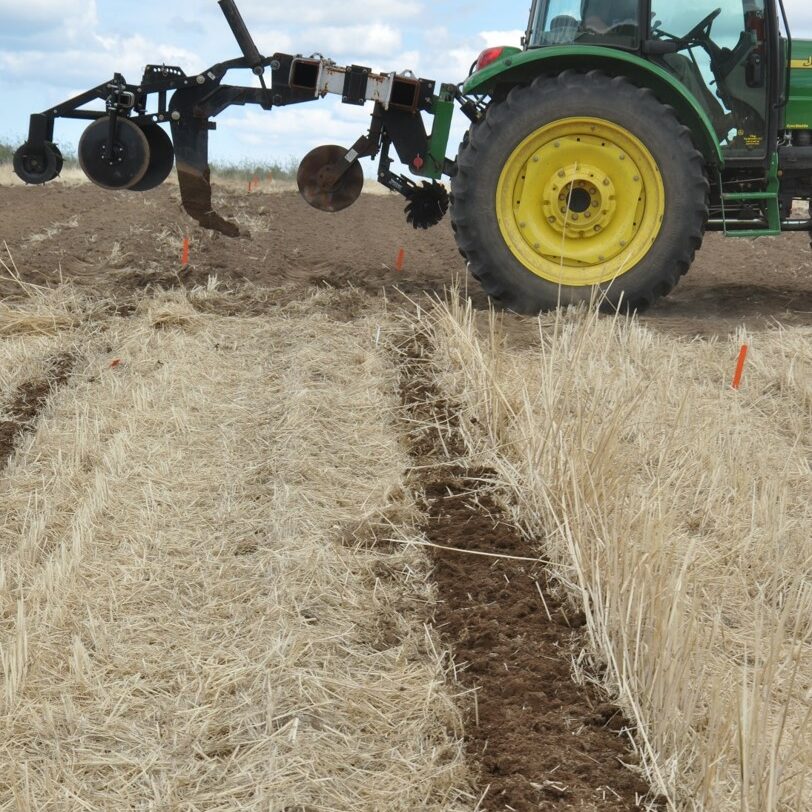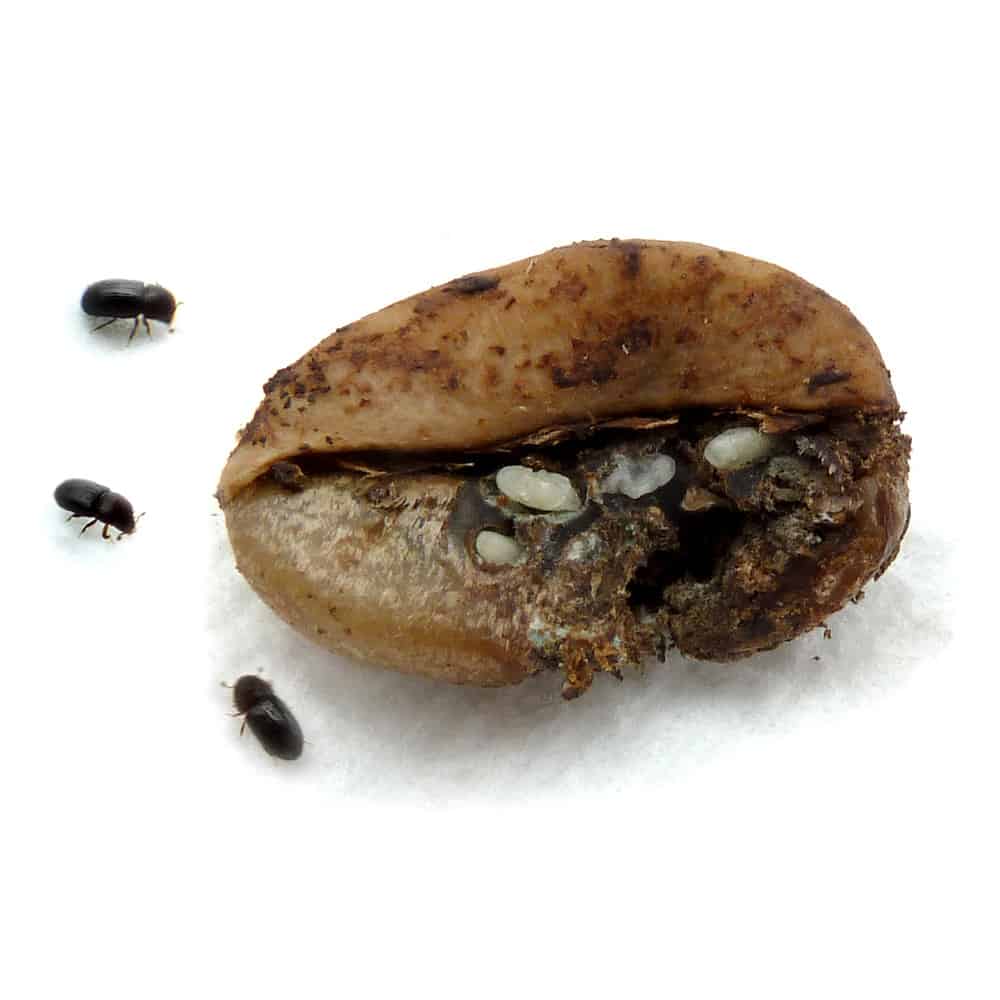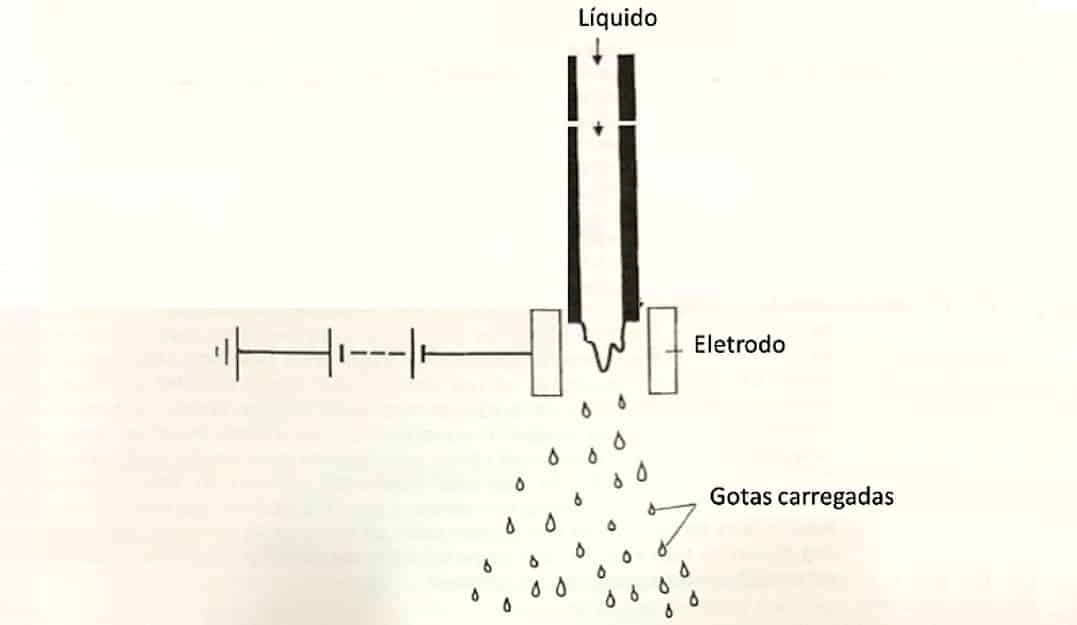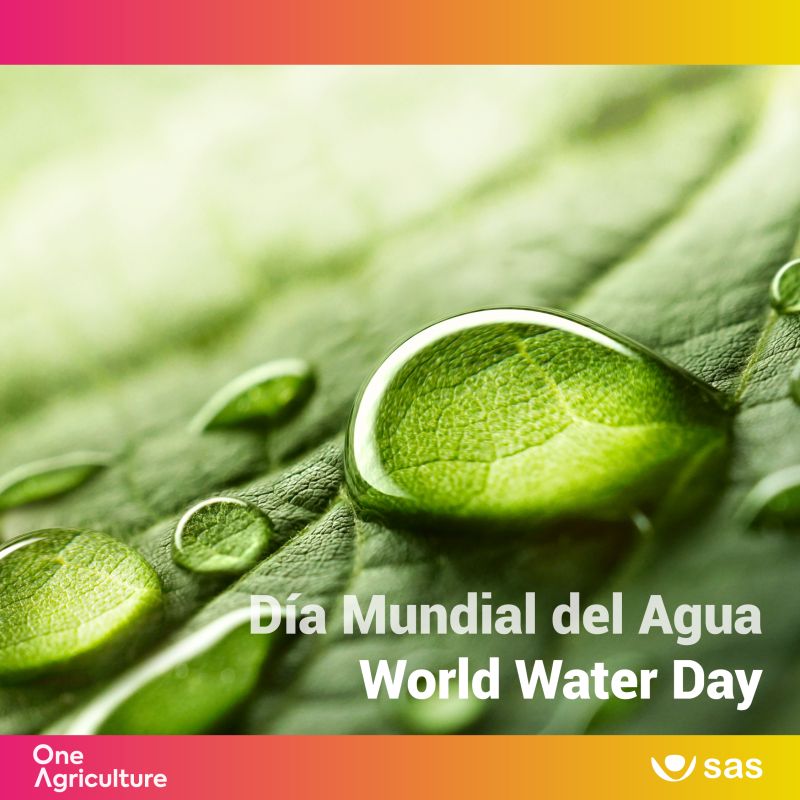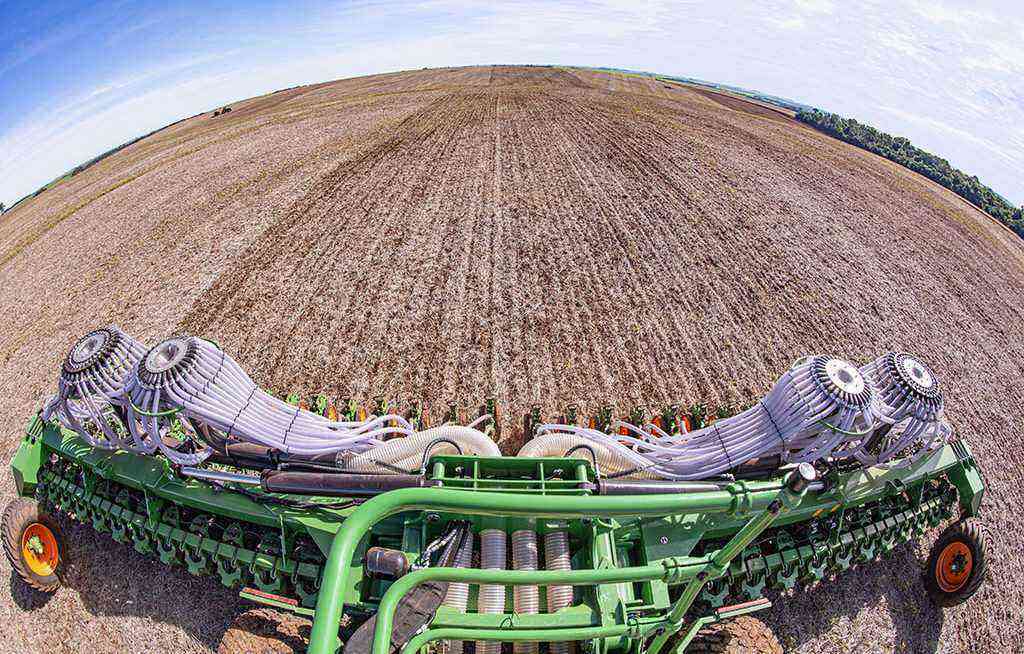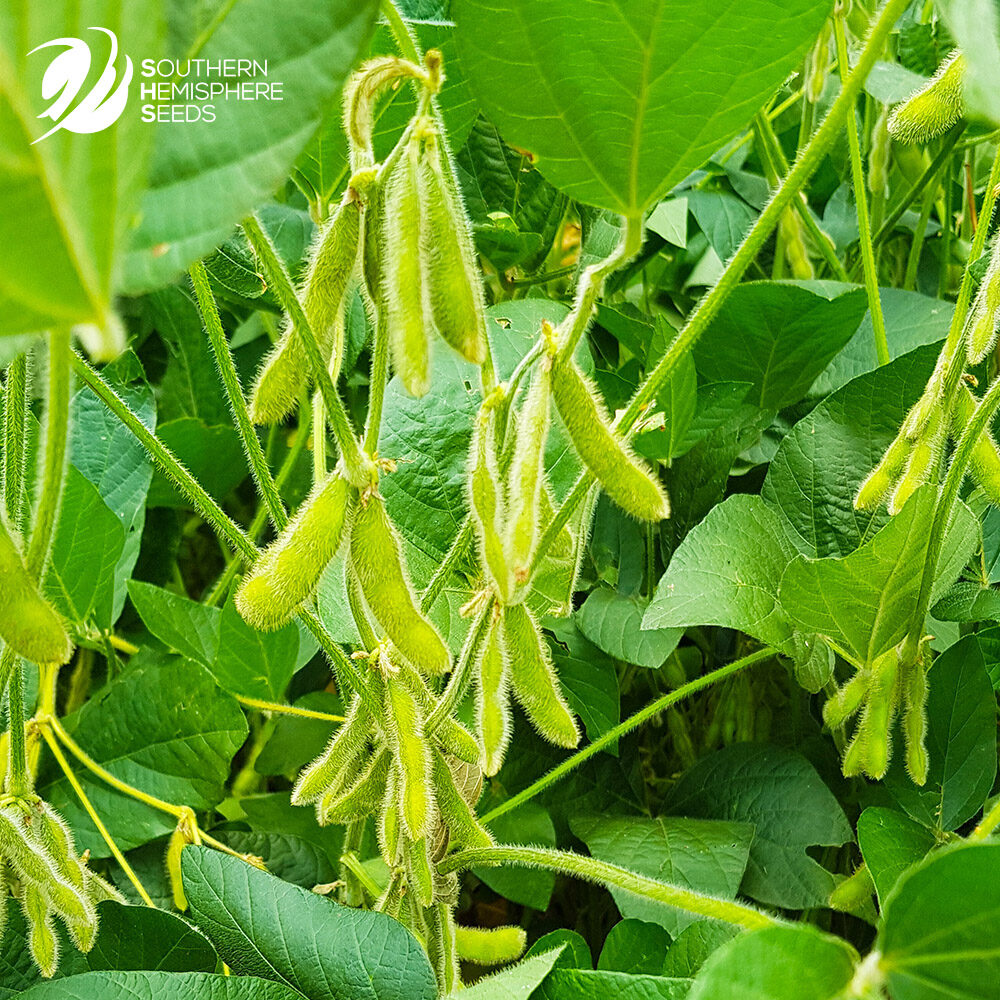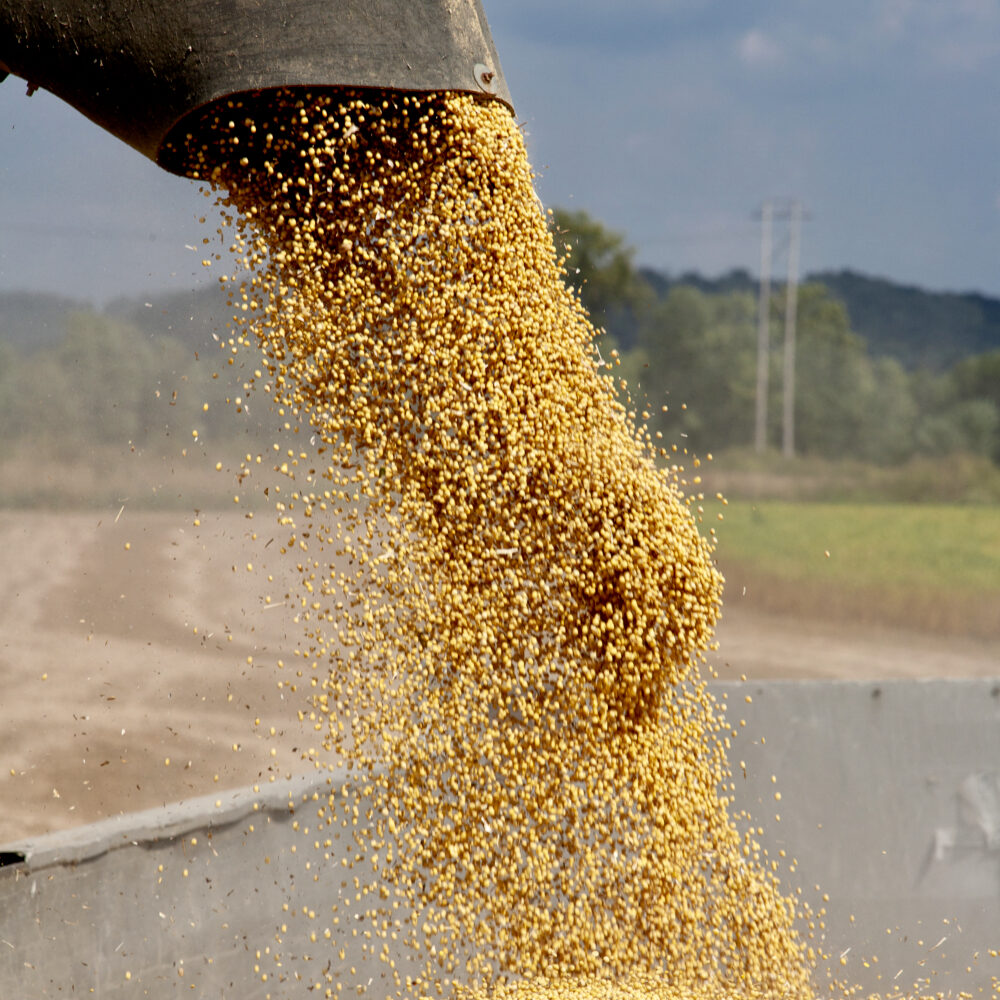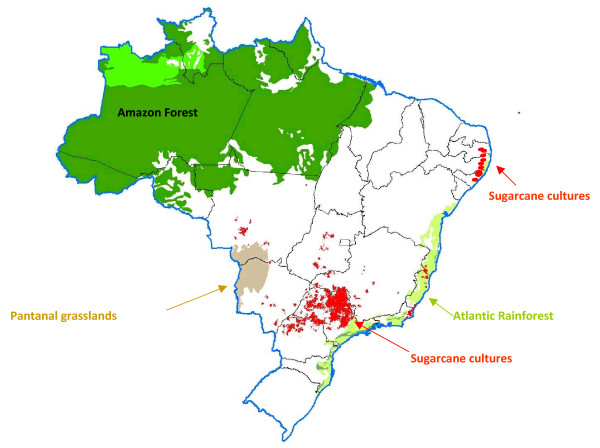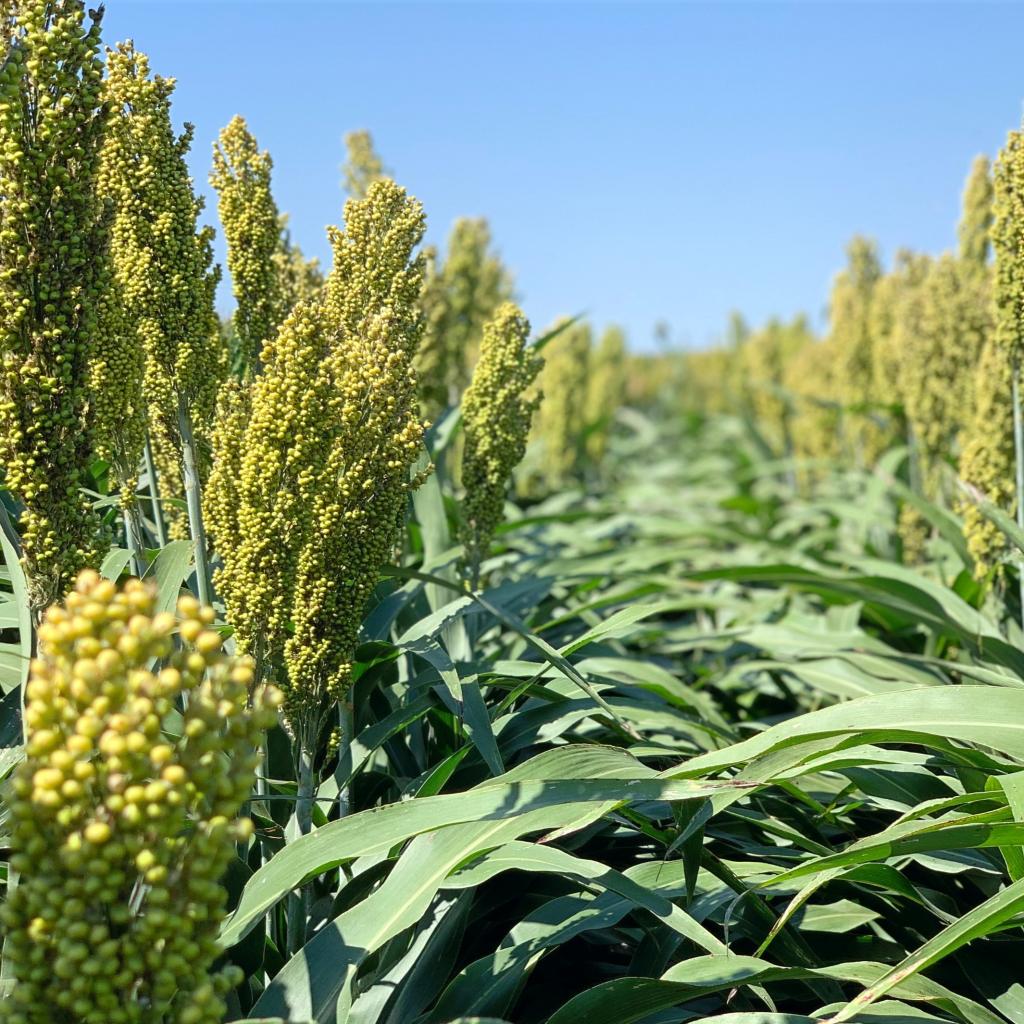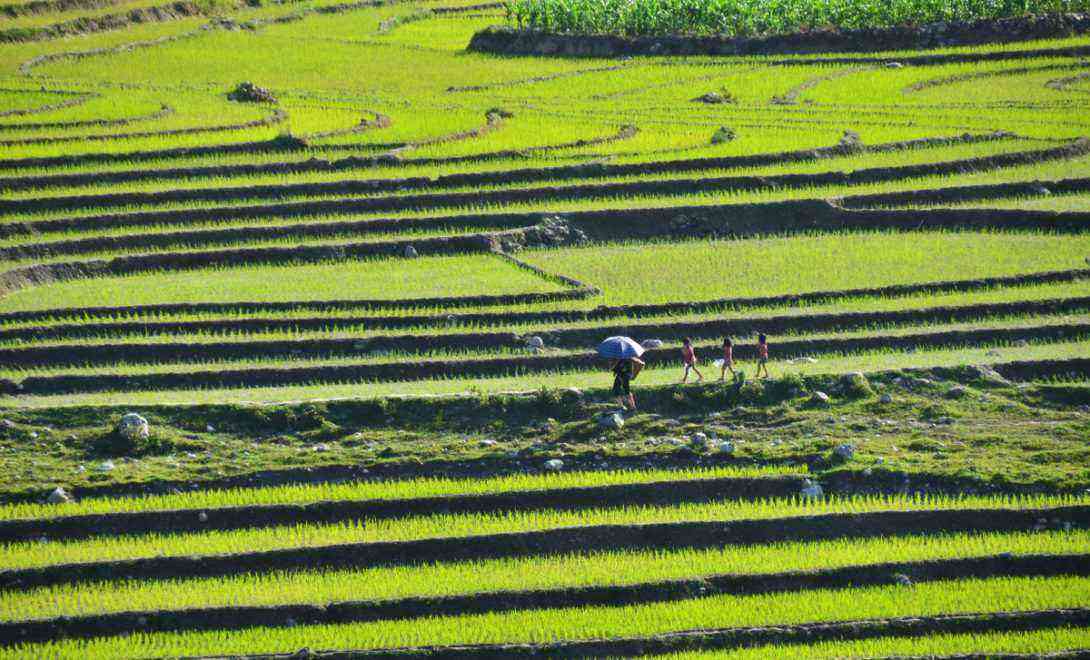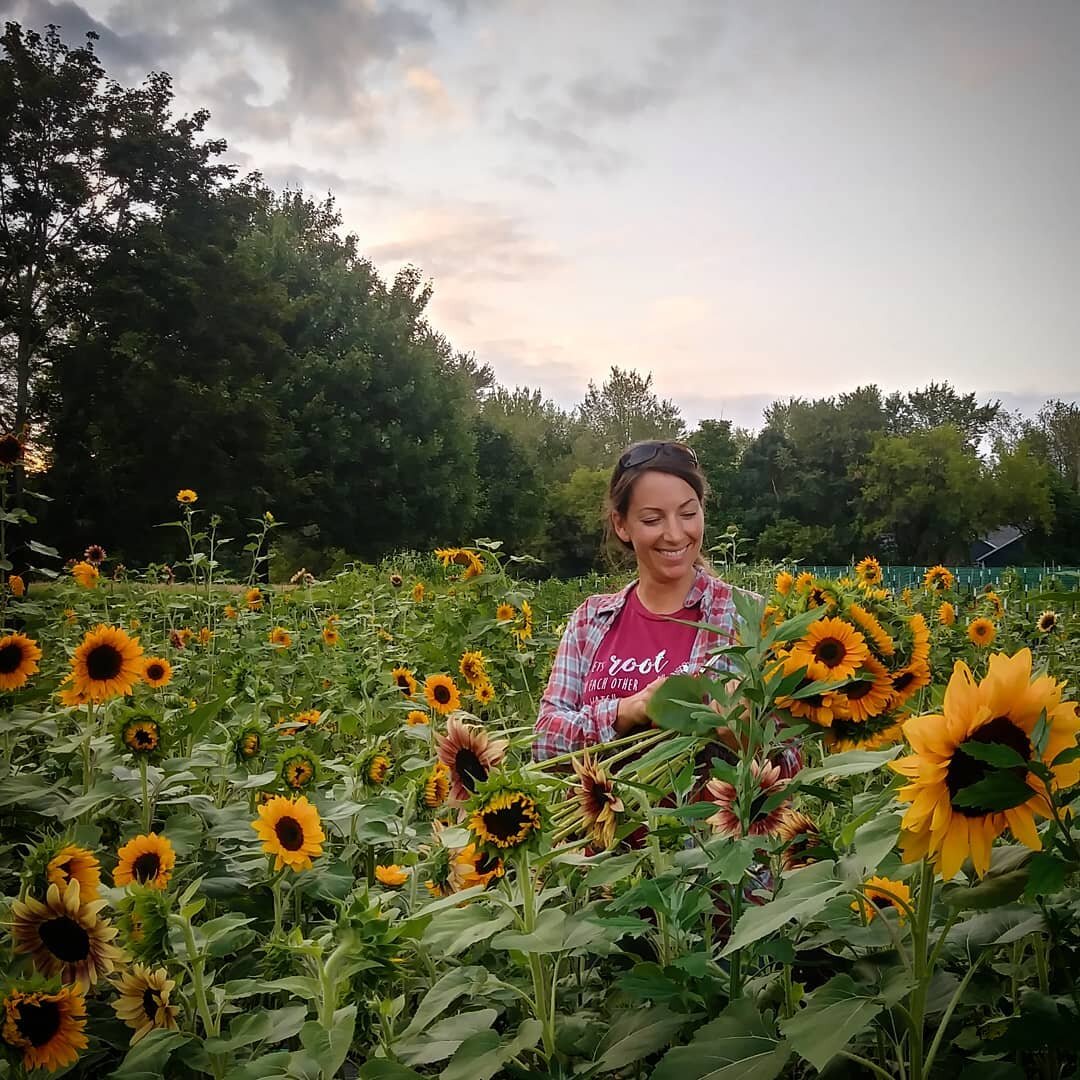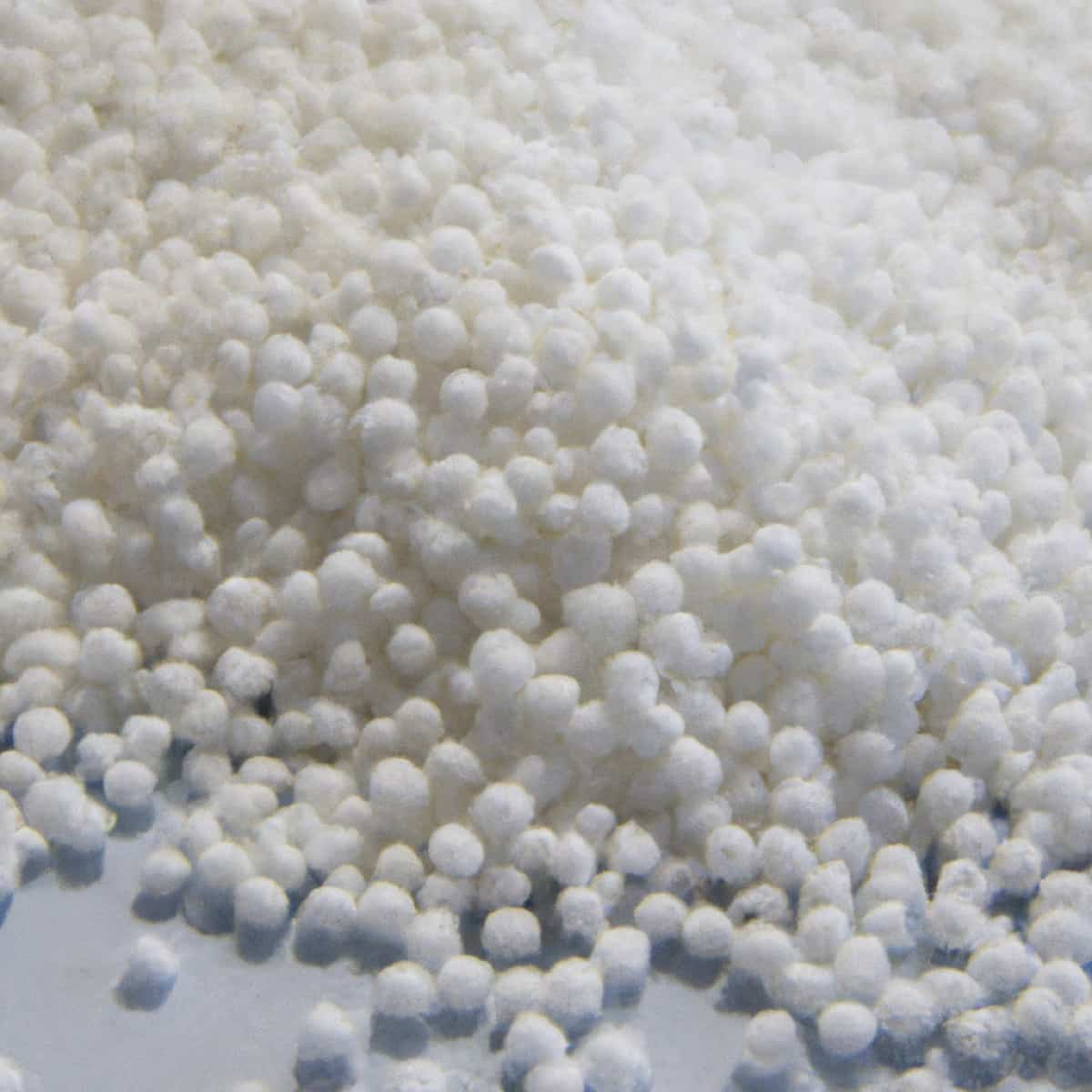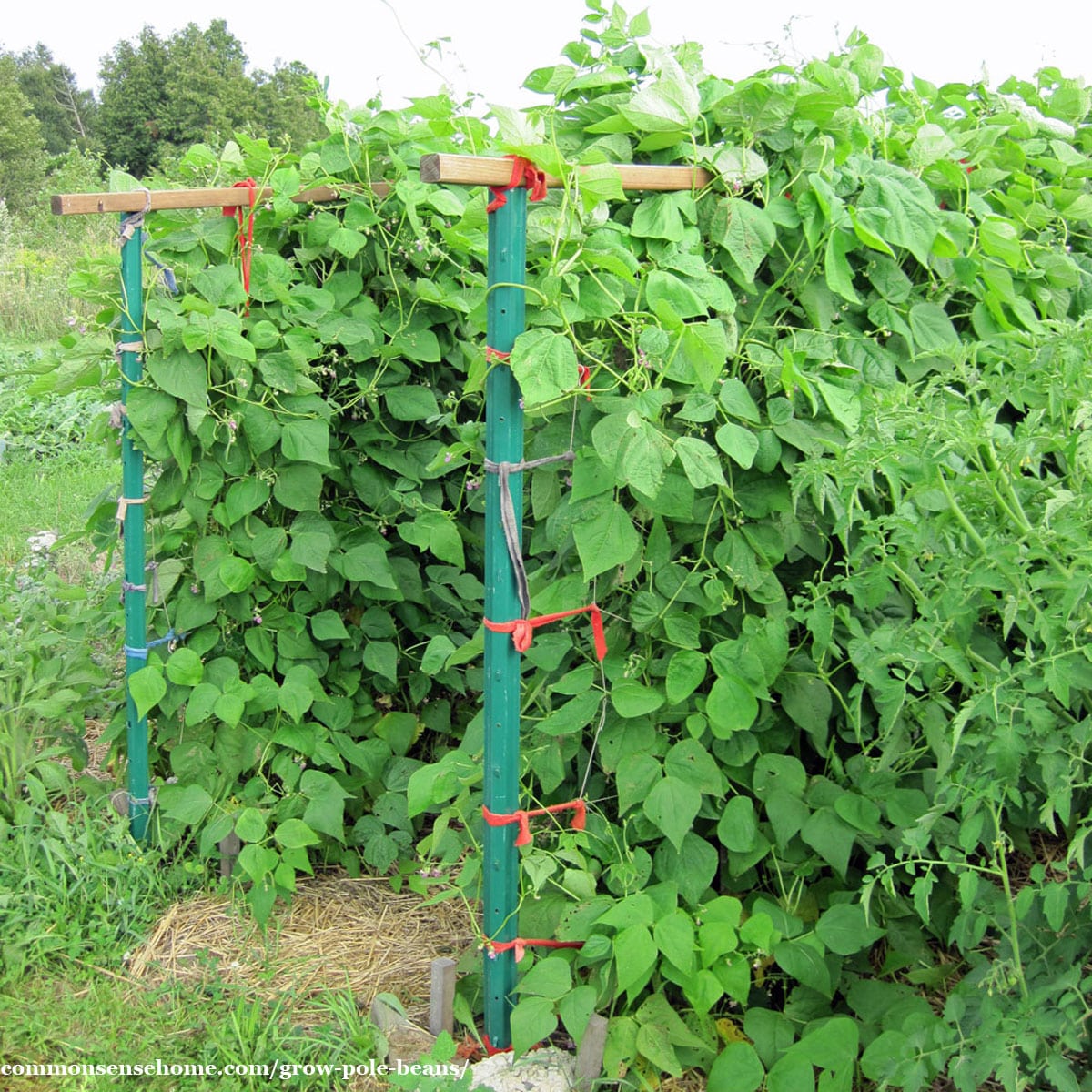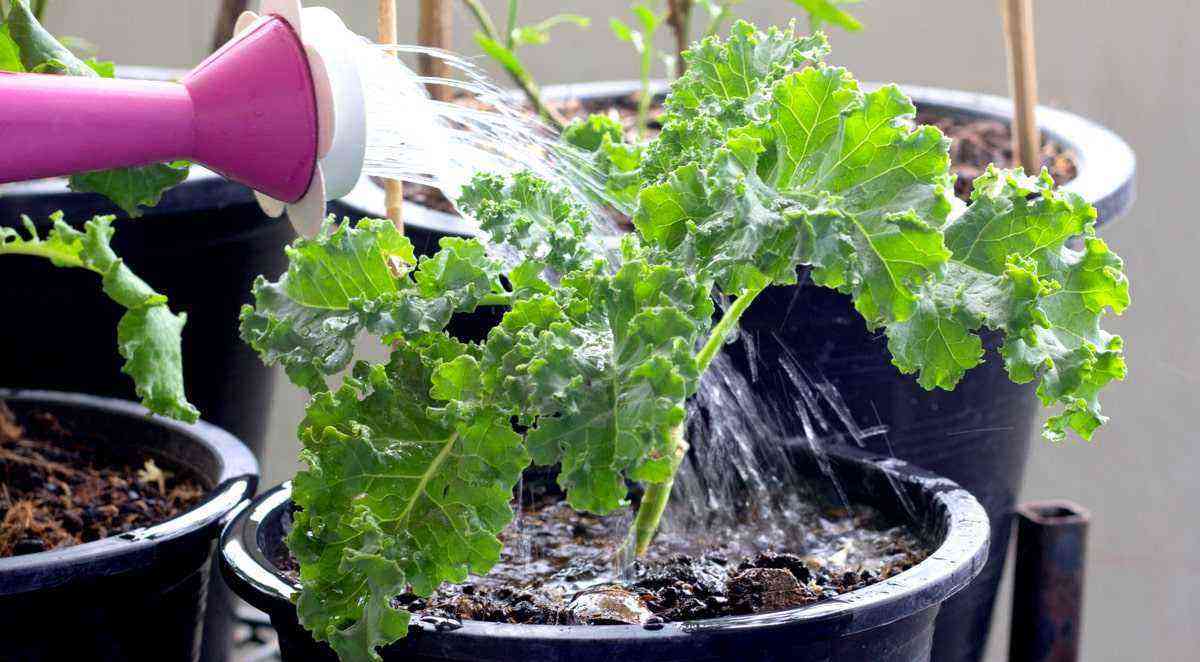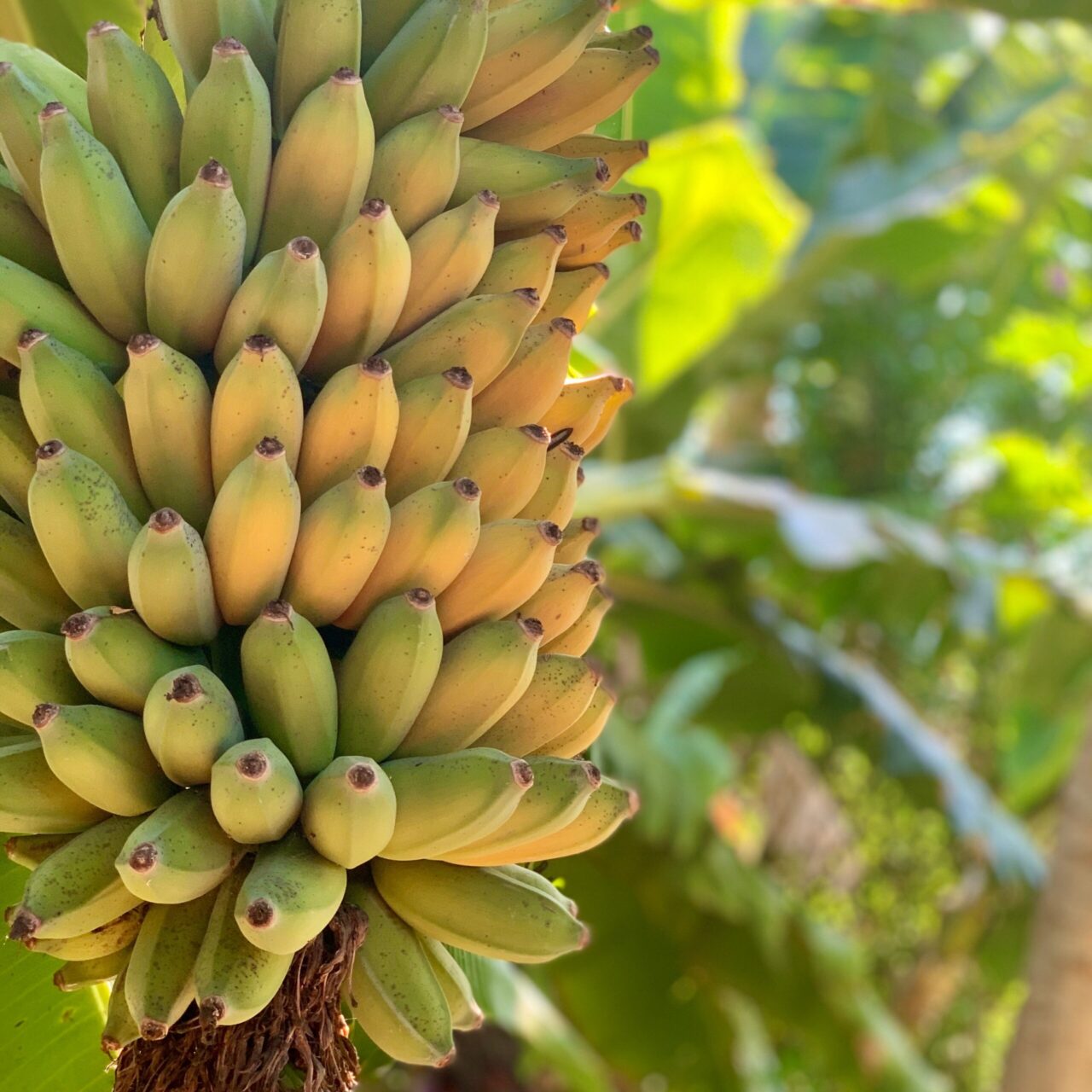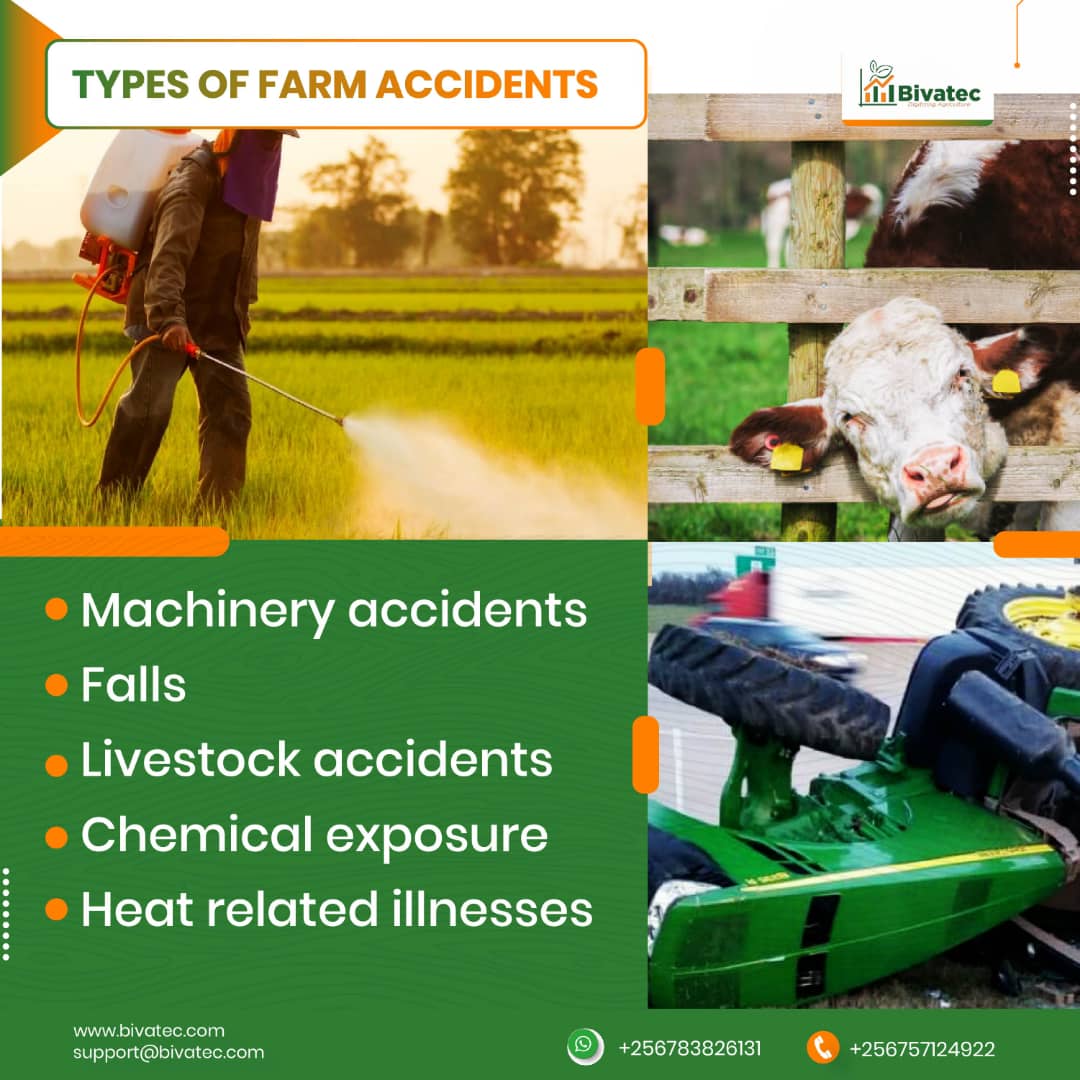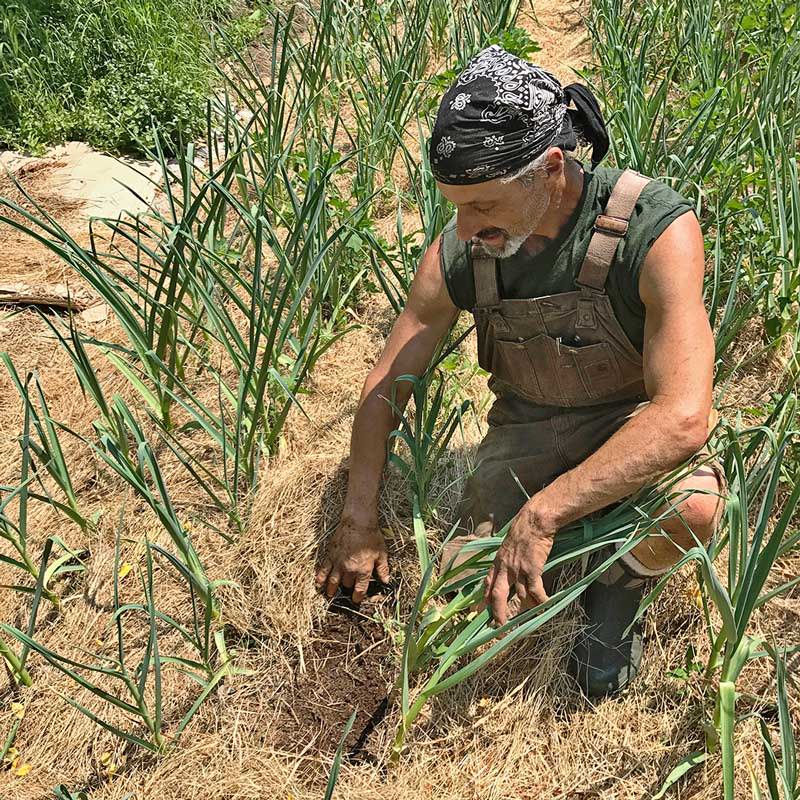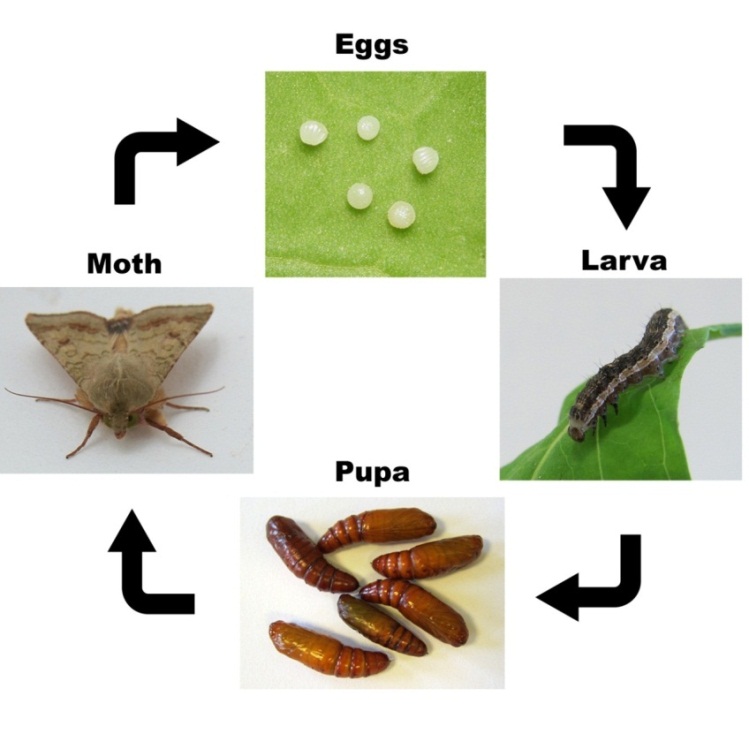Intercropped planting, a technique that allows the cultivation of two or more agricultural varieties in the same area, is an excellent option for the Brazilian farmer.
Thus, it is possible to optimize the use of environmental resources, such as nutrients, water and solar radiation, since plant species have different growth cycles. In addition to the environmental issue, there is the prospect of more profits.
In this text, you will understand what intercropping is, how it works, what its benefits are and how to apply this new technique on your farm!
To check it all out, keep reading!
What is intercropped planting?
As we said in the introduction to the text, with intercropping, the farmer is able to plant two or more agricultural varieties simultaneously in the same area.
Sowing and planting do not necessarily need to occur at the same time. The important thing is that species offer advantages to each other.
Thus, it avoids using an agricultural area to plant only one type of food, and only then change its crop. In this way, this space is used more intelligently, to house two or more cultures.
This technique ends up being a good alternative to increase the farmer’s income, as he will be able to sell all year round. It is because different agricultural species manage to develop at different times of the year, guaranteeing a greater profit.
To get an idea of the importance of this system, the Ministry of Agriculture, Livestock and Supply (Mapa) recently published ordinances 260 to 287 establishing the Agricultural Zoning of Climate Risk (Zarc), crop year 2020/2021, for corn cultivation intercropped with 2nd crop brachiaria.
The objective is to indicate periods of lower risk for planting, reducing the probability of problems related to undesirable climatic events.
In this way, it allows the producer to identify the best time to plant, taking into account the region of the country, the culture and the different types of soils.
Combinations that can be made
There are several types of combinations that can be made by Brazilian producers, such as planting tomatoes and coriander, as the herb acts as a natural repellent for fruit pests.
According to Embrapa researchers, Luciana Marques de Carvalho and Miguel Michereff Filho, species that have this relationship are known as companion plants. They carried out a study on the effects of intercropping tomato with aromatic plants on productivity.
Corn and cowpea or corn and brachiaria are also powerful combinations for your rural property. They can be produced and both foods have a superior quality.
Intercropped planting of corn with Brachiaria is an example of no-tillage, also ensuring higher productivity.
The consortium of plants is not something new. It is a practice carried out for a long time to make better use of the soil, as well as to be able to market a large number of products.
Above all, plants can be sown or cultivated at the same time, or in different periods, considering the characteristics of each one and what is expected with this type of practice.
Next, you will better understand how intercropping works, as well as the benefits of this technique for the farmer and also for the crops that will be grown on the rural property.
How does intercropping work?
As we explained, first the producer needs to choose which types of crops will be planted together. In this way, they will be able to “help themselves” to develop naturally.
Then, it is necessary to choose the place where they will be, evaluating whether it is better to leave a larger space for a particular crop or if both will be planted in areas of the same size.
Then, it is necessary to maintain the necessary and specific care for each culture, so that they can grow.
At harvest time, both foods must be taken separately and sold or taken away for their specific purposes.
There is no certain limit of plants that can be intercropped, not even crops that are prohibited from being grown together.
Another detail in intercropping is the harvest: it must be done separately.
The ideal is to ask an agronomist for help or even seek experiences from other rural producers to find the perfect junction for your farm.
Finally, it is necessary to take some care with certain cultures together, since one can absorb the ingredients of the other, including sun and water, due to the different needs of each one.
What are the benefits of intercropping?
Now that you understand a little more about what intercropping is and how it is done, it’s time to check out some of the benefits that this technique can bring to the rural producer.
Allows beneficial interaction between cultivated species
The first benefit is that the practice offers a positive interaction between the species, allowing them to help each other grow in a strong and healthy way within the farm.
The consortium makes it possible to optimize the use of environmental resources. In some situations, one type of plant can naturally ward off pests from another crop.
Thus, it avoids the use of pesticides and pesticides that can harm the environment and also the people who will consume the food.
Another example of intercropping: peanut and cotton crops. Peanut is a useful leguminous crop for nitrogen fixation.
In addition, plants are able to offer each other hydrogenated soil. This allows them to stick to the soil more easily, as well as absorb nutrients more quickly.
If you also use the planting area for grazing, after harvesting, your animals will still have greener and more nutritious food in such a way that it offers a better quality of meat.
Offers an optimization of the use of environmental resources
Intercropped planting also allows the farm’s environmental resources to be optimized. After all, the water and fertilizer used in planting crops will yield much more, in addition to both being able to play their role in providing an excellent agricultural crop.
Another important detail is that certain plants decompose or degrade more easily. In this way, it allows the soil to receive natural fertilizer faster, strengthening the soil and the crops that are still standing.
In many cases, intercropping still allows the restoration of native fauna of the place. Plants and grasses can develop more easily and can even become pasture in the future.
Thus, one of the main benefits in environmental resources is the strengthening of the soil.
The area will receive more nutrients, will be able to retain more water, will not suffer from erosion, as well as offer greater exploitation of the roots, among other benefits.
Another advantage of intercropping is that it will leave the more nutritious soil for the new crops that will be planted later. After all, plants that offer a better deposit of nutrients in the soil can be chosen.
In this way, the planting area will always be of high quality. Thus, there will be no need to use fertilizers and other strategies to make it healthy again for a new planting.
No video below, check out how the planting of corn interspersed with leucena, a legume originally from Central America, allows greater productivity for the grain:
Source: Field Day on TV.
Forage can be used
Forages are plants that, when they develop or are harvested, leave forage in the soil. They can be absorbed by the same and provide benefits to the plantation.
One of them is weed reduction. They can disrupt the cultivation of plants or make the producer waste a lot of time removing them from the soil. Thus, this leaves the planting area healthier and optimizes the use of labor on the farm.
Furthermore, it is also possible to nutrient cycling. What was lost by plant absorption may return to the soil through the “consumption” of forage. All this without the need for this activity to be done manually.
Another benefit of this practice is that the forage allows the earth gets a lower temperature. In this way, you will not have direct contact with the sun and will not receive its effects.
How to make an efficient intercropped planting?
Understanding better what intercropping is and how it can help your farm, it’s time to get some tips on how to perform this technique efficiently and get the best results.
choose the cultures
The first one is to choose which agricultural varieties will be planted together.
It is important to assess how these two cultures can offer benefits to each other. Because the opposite can also happen.
Know how to take advantage of the planting area
Another point that must be taken into account is the use of the area for planting. Some species need a certain spacing between each plant to grow with quality.
Respecting the spacing between agricultural varieties, it is possible to plant two or more crops.
Therefore, it is not interesting to invest in two crops that need a lot of space to be planted.
In addition, planting crops too close together can cause nutrients to be “stealed”. In addition, plants can mix, disrupt their development, and cause a poor quality crop.
Take advantage of time
It is also important to work use of time during intercropped planting. In this way, the growth of one plant can help the development of the other.
Combine intercropping with other techniques
In addition to using intercropped planting, the producer can also make use of other techniques to further enhance their planting.
One of them are the contour cords: creation of plant barriers or hedges. They are used to increase plant diversity among the areas being used for cultivation.
The use of contour cords helps to reduce the undesirable effects of wind on agricultural crops.
Another technique that can be applied is windbreaks. It follows the same premise as the contour cords. But, they are used to minimize the actions of the wind on the plantation, which can cause damage to some plants.
Crop rotation must also be present. The soil needs to “rest” and new plants will need different care and fertilization needs. In addition, you will also be able to better enjoy the effects of the season.
Therefore, intercropping is a great way for you to earn more income from your farm. At the same time, you will have healthier soil and better quality food.
Another important technique for planting is soil drainage in agriculture. Soggy soils can harm work in a field. Check out our post.
To further enhance your farm, you can count on the products offered by MF Rural advertisers! Visit our website and learn more about the products!
